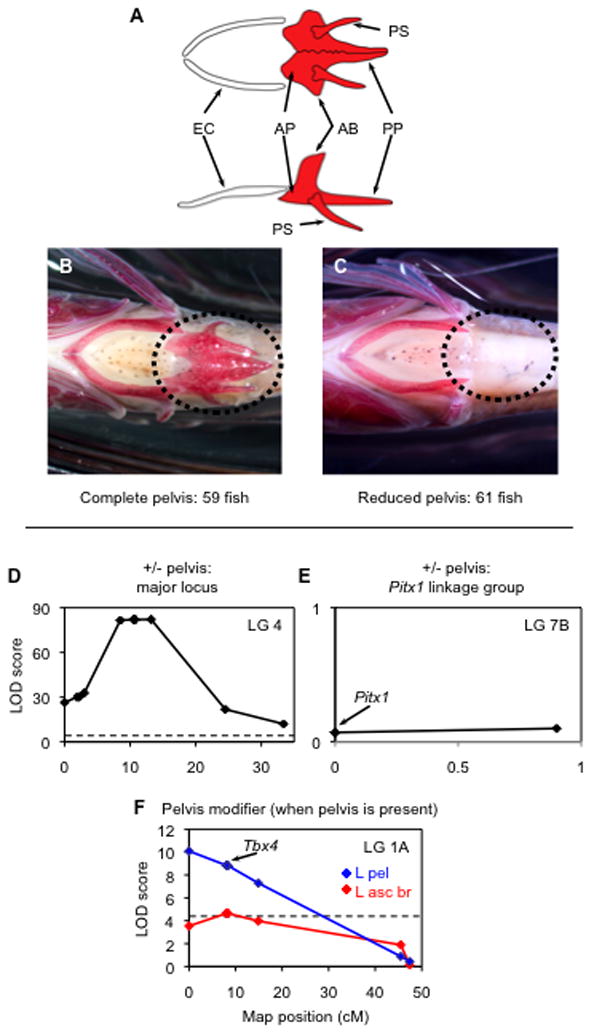Figure 2. Pelvic reduction maps to LG4, not to Pitx1, in a ninespine stickleback cross.

(A) Morphology of the ninespine stickleback pelvis and ectocoracoid in ventral (top) and lateral (bottom) views. A complete pelvis shows bilateral presence of the anterior process (AP), posterior process (PP), ascending branch (AB), and pelvic spine (PS). Pelvic girdle length was measured from the anterior tip of AP to the posterior tip of PP. Anterior to the pelvis is the ectocoracoid bone (EC) of the pectoral girdle. Diagrams modified after [30]. (B,C) The 120 progeny showed a 1:1 ratio of (B) complete to (C) reduced pelvic phenotypes. Anterior is to the left in both images. (D) A QTL on LG4 controlled presence versus absence of the pelvis. Only informative markers (polymorphic in the Alaskan male parent) are shown. The plateau of the LOD peak is due to low recombination between LG4 haplotypes in the Alaskan parent of the cross. (E) The linkage group containing Pitx1 did not have a significant effect on pelvic phenotype. (F) Restricted MQM analysis detected an additional QTL interval influencing left ascending process height (L asc pr; red) and pelvic girdle length (L pel; blue), and this interval includes the Tbx4 gene, a transcription factor involved in hindlimb development [27]. Dashed lines: LOD significance threshold (95% genome-wide level of ≥ 4.5 in D [58] and ≥4.3 in F; not shown in E to limit LOD scale preserve visibility of plot).
